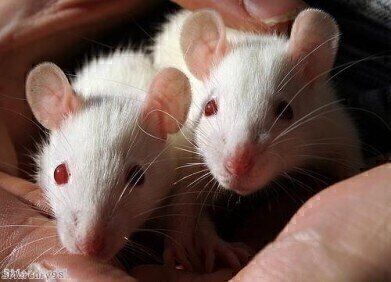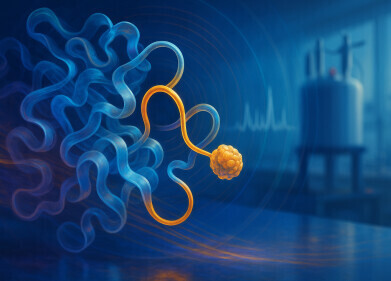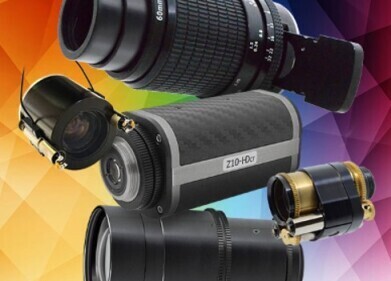-
 The stem cells transplants have led to some sight returning to mice
The stem cells transplants have led to some sight returning to mice
Microscopy & microtechniques
Stem cell retinal transplant shows success in mice
Jul 22 2013
A new study has found that the cure for blindness within humans may be possible in the future. Moorfields Eye Hospital and University College London have successfully integrated laboratory-grown, retinal cells into the eyes of blind mice. The fully light sensitive retinal cells were grown from stem cells and were implanted into the mice's eyes, which has resulted in returning some sight to the animals.
This most recent breakthrough could be used to help restore sight to humans who have become blind through retinal damage. The technique could eventually be developed to help restore the photoreceptors - light-sensitive nerve cells - in the human eye, the deterioration of which is most commonly related to age and diabetes related blindness. Currently there is no treatment for the prevention or reversal of this type of blindness.
The possibility of a human trial for a restorative treatment for blindness is a now a very real goal following the researchers' results. However, the effectiveness of the treatment is still very low and will require further development. Only around 1,000 cells manage to function in the mice's eyes from a transplant of around 200,000. Showing that although there is great potential in the study, refinement to increase the number of transplanted cells that can function within the eye is still needed.
Professor Robin Ali, from the University College London's Institute of Ophthalmology and Moorfields Eye Hospital, has speculated that the process is five years away from human trials as it stands, but that these trials are a very real possibility.
Mr Ali said: “Over recent years scientists have become pretty good at working with stem cells and coaxing them to develop into different types of adult cells and tissues. But until recently the complex structure of the retina has proved difficult to reproduce in the lab.
“The new 3D technique more closely mimics normal development, which means we are able to pick out and purify the cells at precisely the right stage to ensure successful transplantation. The next step will be to refine this technique using human cells to enable us to start clinical trials.”
Digital Edition
Lab Asia Dec 2025
December 2025
Chromatography Articles- Cutting-edge sample preparation tools help laboratories to stay ahead of the curveMass Spectrometry & Spectroscopy Articles- Unlocking the complexity of metabolomics: Pushi...
View all digital editions
Events
Jan 21 2026 Tokyo, Japan
Jan 28 2026 Tokyo, Japan
Jan 29 2026 New Delhi, India
Feb 07 2026 Boston, MA, USA
Asia Pharma Expo/Asia Lab Expo
Feb 12 2026 Dhaka, Bangladesh
.jpg)
-(2).jpg)
















